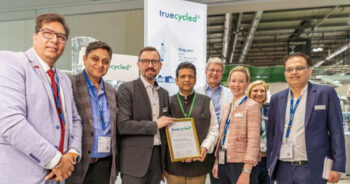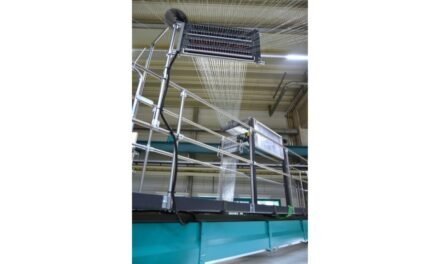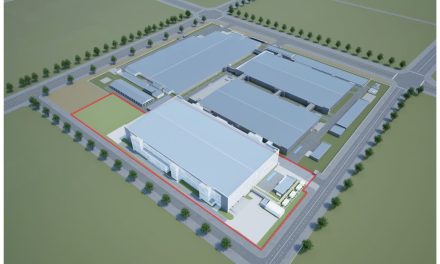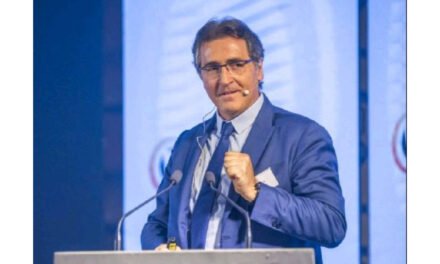 Textile technology manufacturer Trützschler has launched a new mechanical recycling system to transform textile waste into secondary fibres. Developed in cooperation with Turkish company Balkan Textile Machinery, the Truecycled system covers the entire process from the cutting and tearing of textile waste to the carding and drawing of the fibres.
Textile technology manufacturer Trützschler has launched a new mechanical recycling system to transform textile waste into secondary fibres. Developed in cooperation with Turkish company Balkan Textile Machinery, the Truecycled system covers the entire process from the cutting and tearing of textile waste to the carding and drawing of the fibres.
According to Trützschler, Truecycled has been designed to address some of the quality control issues that are presented by mechanical recycling. For example, on average, torn fibres are much shorter than virgin fibre while the percentage share of short fibres in the fibre mass is also much higher. Unopened yarn and fabric particles are also difficult to process.
Textile recycling researcher Georg Stegschuster, who has worked with Trützschler on the project as well as with the Recycling Atelier, a model factory for mechanical recycling based in Augsburg, Germany, explains: “A perfect fine-tuning between tearing and spinning preparation is key for obtaining the best possible quality results and avoiding unnecessary fibre shortening.
“This can be achieved if you are in control of both processes – and have the necessary expertise for both processes too.”
In some cases, Stegschuster adds, it may be advantageous to have less aggressive settings in the tearing line. This can help avoid unnecessary fibre shortening whilst the remaining higher share of unopened fabric can then be dealt with by a high-performance spinning preparation line.
As a part of the Truecycled process, Balkan’s technology cuts, mixes and tears textile waste into fibre tufts that are then pressed into bales that can be fed into the preparation process with Trützschler machines. This begins with Trützschler’s specially designed TC 30Ri carding system which is said to ensure the gentle but effective treatment of recycled fibres.
In addition, a shortened drafting process is said to be preferable with Trützschler providing its IDF 3 integrated draw frame for this stage. As a result, the draft is high enough to provide excellent levelling of the numerous short fibres, but low enough to prevent floating fibres.
“There is a lot of technological potential for improving the quality of the end-product through the right configurations and settings,” Stegschuster adds. “There’s a growing number of examples that show how higher quality end-products can be achieved from recycled materials, and how the share of pre- or postconsumer waste in yarns can be increased without compromising on quality.”





















